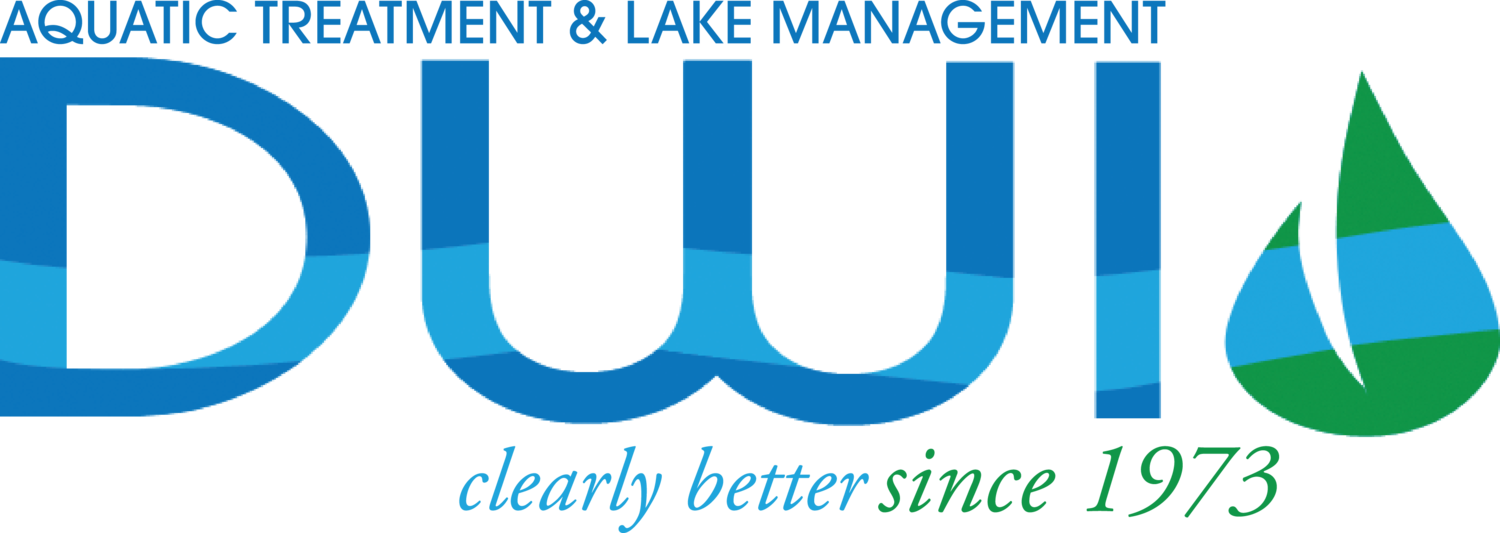By Patrick Simmsgeiger, Founder of DWI
The makeup of ponds, lakes, and streams means retaining the “natural” beauty is far more complicated than one would think. Out of ten of your water features, two might need nothing, though ones that motivate owners to seek a specialized treatment plan.
You can ttreat smaller features like swimming pools if you have money to burn and don’t have fish or “critters” living in the water. But over time even chlorinated water features will end up having problems due to the chlorine’s effectiveness diminishing.
When you respect the value of your water feature, it follows to appreciate the concept of natural balance. There are all types of tools, some work as promised, but none are a solution by itself. The best approach is to start with the idea of restoring a natural balance by providing adequate circulation and filtration, ensuring adequate aeration and introducing a balance of aquatic plants and fish. To retain this balance the suspended solids and organic content must be continually adjusted using equipment and water treatment products. The trick is to not create a new problem by overloading one side of the equation.
When your water feature gets hits with unsightly pea soup green appearance or starts to emit an odor, the answer won’t be a single fix-all. It will be a package of solutions working together to resolve the problem. Bottom line, an aquatic problem can’t be fixed by making one change, forgetting it, and moving on.
For example, I can give you some hints regarding the trouble caused by over watering a highly fertilized landscape bordering ponds, lakes, and streams, or the positioning of trees near bodies of water. (The debris their leaves is amajor source of nutrients in lakes hence, a major source of trouble.)
When runoff water enters an already established waterscape it brings with it oils, dirt, minute debris, clay, leaves, brances, trash, and countless other things that can only serve to put a strain on the natural balance of your water feature. Obviously the first thing you want is to physically remove the trash that is visible using nets or other means. Once that is done the need to treat those seen and unseen organisms and nutrients becomes your priority. If there is unsightly foam it will rapidly and easily be removed by applying biodegradable products such as formula F-10 Foamkill. When there are minute particles clouding up your water, use a flocculent, such as formula F-20 Enviro-Clear. It’ll “grab” all those pesky little things and drop them to the bottom leaving clean, clear water in place of that cloudy water. If your water is loaded with algae, or is a disgusting pea soup green, utilize the algae busting strength formula F-30 Algae Control. F-30 Algae Control speeds up the algae destroying process while adding much needed enzymes to the water feature. Once this treatment regimen is complete the water can be colored with formula F-40 Enviro-Blue to a deep blue to discourage the sun-s ray from encouraging algae growth or a lighter blue to appeal to your sense of beauty. Lastly, to keep the bottom sludge levels lower and enhance the water clarity quality use formula F-50 Bio-Pure, a natural bacteria.
Never assume that one treatment alone will resolve your problems. Keep in mind you are managing a delicate balance between natural aquatic organisms and unwanted contaminants as you attempt to bring your ponds, lakes, and streams to an aestheitically pleasing appearance.



